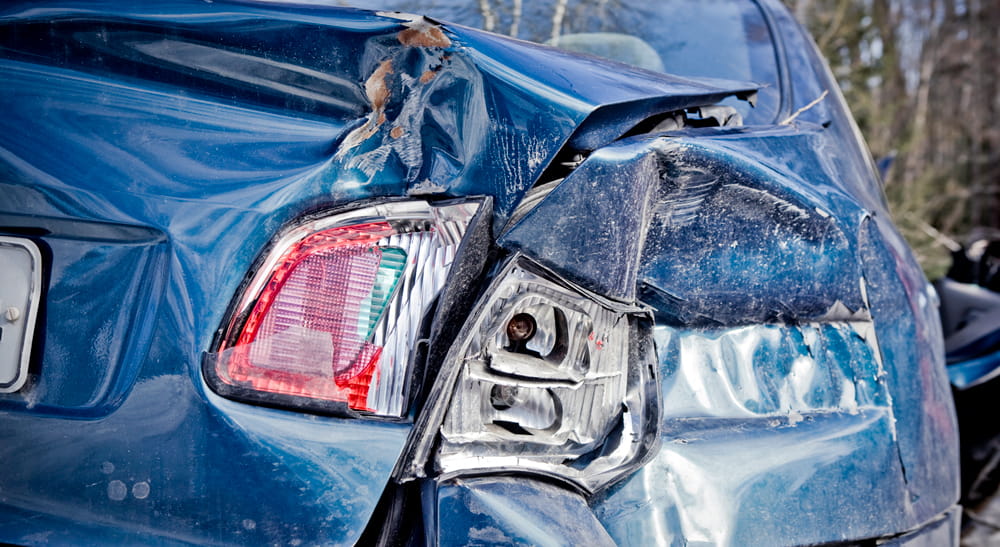You've been in an auto accident. But was it really an accident or was it planned?
Recognizing some common staged accident schemes can help you drive safer and prevent insurance fraud. Four common auto accident schemes identified by the National Insurance Crime Bureau include:
- Swoop and squat: This scheme involves three vehicles, two driven by criminals and the third by the victim. The "swoop" car pulls ahead of the "squat" vehicle, intentionally cutting if off. The squat vehicle brakes suddenly. The victim can't react in time, rear ending the squat vehicle. The swoop vehicle keeps driving, even though they caused the accident. Because this driver can't be located, the victim has to pay the vehicle damage and personal injury claims of passengers in the squat vehicle.
- Side swipe: This often occurs at busy intersections with multiple left turn lanes. As soon as the victim's vehicle drifts into the outer turn lane, the criminal side swipes it.
- Panic stop: Criminals drive an older vehicle filled with passengers in front of the victim. A passenger watches and waits for the victim to be distracted, then tells the driver to brake suddenly, causing the victim to rear-end the criminal's vehicle.
- Drive down: The victim merges his vehicle into traffic after being motioned in by the criminal. As the victim begins to merge, the criminal speeds up and causes a collision, later denying that he or she indicated the victim to merge.
To help avoid these types of accidents and potential fraud that can come along with them, keep the following tips in mind when you're behind the wheel:
- Avoid tailgating.
- Call the police to an accident scene and get a police report, even if damage is minor.
- Photograph vehicle damage from an accident and the number of passengers in the other car. Keep a camera in your car or use the camera on your phone, if available.
- Take note of people who may appear at the accident scene shortly after it occurs.
While most accidents are unintentional, the Insurance Research Council estimates 24 percent of bodily injury claims resulting from auto crashes are fraudulent. Knowing how to recognize and react to possible accident fraud can help reduce this crime.
